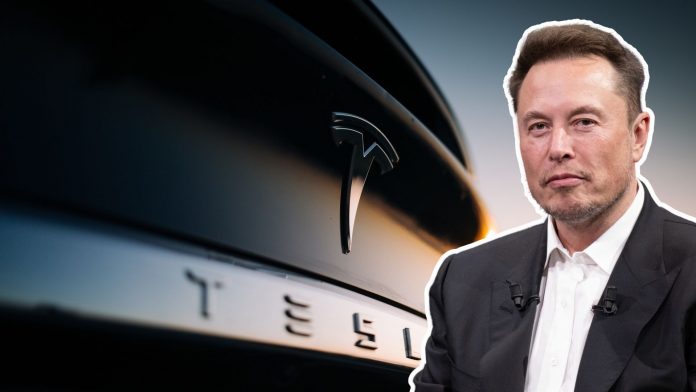According to an exclusive Reuters report, last November, Tesla ended a controversial policy prohibiting U.S. customers from purchasing their leased vehicles at the end of the term — a restriction the company justified for years by claiming the cars were destined for a future fleet of self-driving robotaxis.
The change was announced on November 27, 2024, when Tesla’s North America division posted on X: “Lease buyout now available” for new contracts. The company’s leasing webpage was also updated to indicate that some leased vehicles “may be eligible for purchase.”


The move ends a practice that began in 2019 with the launch of Model 3 leasing, when CEO Elon Musk told investors the cars would be reclaimed for Tesla’s forthcoming autonomous ride-hailing network. However, that fleet never materialized.
Instead, Tesla found a lucrative alternative. According to people familiar with Tesla’s retail operations, the company upgraded returned vehicles with premium software features, such as the “Full Self-Driving” package (sold separately for up to $15,000) and “acceleration boost” (priced at $2,000). It then resold the vehicles at a premium, often for more than lessees would have paid to buy them out.
While the policy was legal, it contradicted public statements by Musk and Tesla’s own lease documentation, misleading lessees about their options and the vehicles’ future use. The strategy also contributed to the long-standing investor belief that Tesla was close to launching fully autonomous vehicles — a perception that has buoyed its stock value well beyond current earnings.
From 2019 onward, Tesla leased over 314,000 vehicles globally, though it remains unclear whether the no-purchase rule applied outside the U.S. Until the policy reversal, Tesla’s website stated that vehicles delivered after April 15, 2022, were not eligible for purchase and explicitly excluded Model 3 and Model Y from any buyout options.
The change comes amid weakening demand for used Teslas, as resale values fall and competition in the EV market increases.




